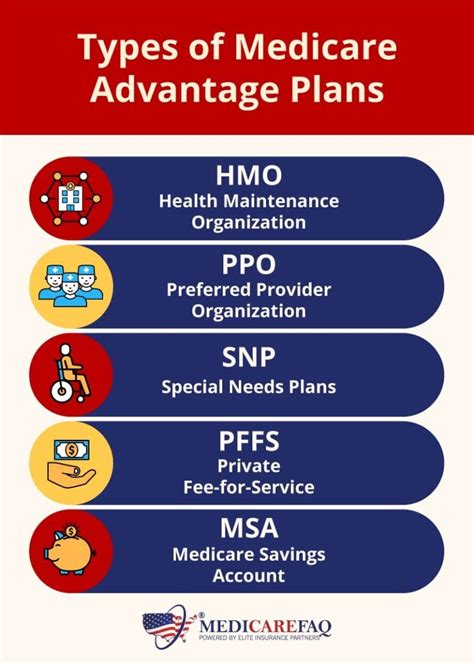When it comes to securing the well-being of your loved ones, health insurance for families is an essential consideration. The complexity of navigating through various policies, understanding coverage, and managing costs can be overwhelming. However, with the right approach, you can make informed decisions that ensure your family’s health and financial security.
Understanding Family Health Insurance
Family health insurance plans are designed to cover the medical expenses of you, your spouse, and your dependents. These plans can be categorized based on the type of coverage, such as major medical, catastrophic, or short-term insurance. Major medical plans offer comprehensive coverage, including preventive care, hospital stays, and prescriptions, whereas catastrophic plans provide limited coverage with lower premiums, typically covering only major medical expenses. Short-term insurance, on the other hand, offers temporary coverage, often excluding pre-existing conditions and providing limited benefits.
Key Considerations
- Coverage Levels: Evaluate the coverage levels, including deductibles, copays, and coinsurance. Higher deductibles usually mean lower premiums but higher out-of-pocket expenses when you need care.
- Network: Understand the provider network. Plans with narrower networks might have lower premiums but limit your choice of doctors and hospitals.
- Pre-existing Conditions: If any family member has a pre-existing condition, ensure the plan covers it without exclusions or waiting periods.
- Maximum Out-of-Pocket (MOOP) Costs: Consider the maximum out-of-pocket costs, which include deductibles, copays, and coinsurance. Once you reach this limit, the insurance plan covers 100% of eligible expenses.
Choosing the Right Plan
Selecting the right health insurance plan for your family involves weighing several factors, including your budget, health needs, and personal preferences. Here are some steps to guide your decision:
- Assess Your Family’s Health Needs: Consider the health status of each family member. If someone has a chronic condition, you may prioritize comprehensive coverage over lower premiums.
- Evaluate Employer-sponsored Plans: If available, compare the costs and benefits of employer-sponsored plans. These plans often offer more comprehensive coverage with contributions from your employer.
- Explore Marketplace and Private Plans: Visit your state’s health insurance marketplace or consult with a licensed insurance agent to explore private plans. Subsidies may be available based on income for marketplace plans.
- Consider Short-term and Catastrophic Plans: These might be options for temporary gaps in coverage or for young, healthy family members, but be aware of their limitations.
Managing Costs
Managing the costs associated with family health insurance requires a strategic approach. Here are some strategies to help mitigate expenses:
- Health Savings Accounts (HSAs): For high-deductible health plans, consider opening an HSA. Contributions are tax-deductible, and withdrawals for qualified medical expenses are tax-free.
- Premium Assistance: If you’re purchasing through the marketplace, check if you qualify for premium tax credits based on your income level.
- Cost-sharing Reductions: For lower-income families, cost-sharing reductions can significantly lower out-of-pocket costs for silver plans purchased through the marketplace.
Navigating the System
Once you have a plan, understanding how to navigate the health insurance system is crucial for maximizing your benefits and minimizing out-of-pocket expenses. Here are a few tips:
- Preventive Care: Take advantage of free preventive services, including vaccinations, screenings, and annual check-ups, which can help catch health issues early.
- Network Providers: Use in-network providers for lower costs. Out-of-network care is usually more expensive and sometimes not covered.
- Claims and Appeals: Keep records of your medical expenses and understand the process for filing claims and appeals if a service is denied.
Future of Family Health Insurance
The landscape of health insurance is continually evolving, with changes in legislation, technological advancements, and shifting consumer needs. The future may hold more personalized insurance options, increased use of telehealth services, and potentially, more affordable alternatives for family coverage.
Conclusion
Health insurance for families is a complex yet critical aspect of securing your loved ones’ well-being. By understanding the types of plans available, considering your family’s unique needs, and navigating the system effectively, you can make informed decisions that balance coverage and cost. As the healthcare landscape continues to evolve, staying informed about the latest developments and options will be key to ensuring your family’s health and financial security.
FAQ Section
How do I choose the best health insurance plan for my family?
+To choose the best health insurance plan for your family, consider factors such as coverage levels, network, pre-existing conditions, and maximum out-of-pocket costs. Evaluate your family’s health needs, compare different plans (including employer-sponsored, marketplace, and private plans), and consider strategies for managing costs, such as Health Savings Accounts and premium assistance.
What are the main differences between major medical, catastrophic, and short-term health insurance plans?
+Major medical plans offer comprehensive coverage, including preventive care, hospital stays, and prescriptions. Catastrophic plans provide limited coverage with lower premiums, typically covering only major medical expenses. Short-term insurance offers temporary coverage, often excluding pre-existing conditions and providing limited benefits. The choice between these plans depends on your family’s health needs, budget, and the anticipated duration of coverage needed.
How can I manage the costs associated with family health insurance?
+Managing costs involves considering strategies such as contributing to a Health Savings Account for tax benefits, applying for premium assistance or cost-sharing reductions if eligible, and maximizing the use of preventive care services that are often covered at no additional cost. Choosing in-network providers and understanding how to navigate claims and appeals processes can also help minimize out-of-pocket expenses.



